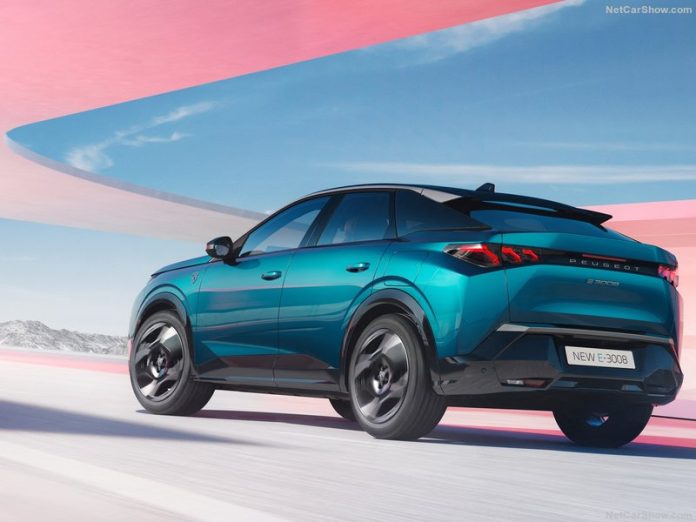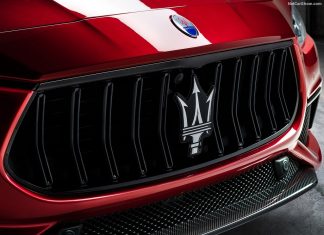Iranian Vehicles Market in 2025 struggles to expand. Q1 figures only grew 0.6%, with state-owned Saipa and Iran Khodro still on top in 1st and 3rd. Peugeot in 2nd was the only foreigner to significantly penetrate the market.
Economic Environment
Automotive Industry Trend And Outlook
After the negative performance of 2024, Iran’s vehicle market continues to struggle, only growing 0.6% in Q1 of 2025. After briefly surging in January (+1.6%) and February (+7.8%), March reported losses of 10.6% in year-on-year volume.
Brand-wise, the leader was still Saipa (+1.1%) with a share of 48.6%. Peugeot (+0.2%) followed in 2nd with a share of 26.6% while Iran Khodro (+0%) ranked 3rd with a share of 19.6%.
Medium-Term Market Trend
Despite Iran’s production capacity and strategic influence in the Middle East, its automotive industry continues to struggle under the weight of international sanctions. The result is limited global integration and outdated technology, leading to significant hurdles for state-backed manufacturers like Iran Khodro and SAIPA, which supply the majority of vehicles sold locally.
The 2014 Geneva Agreement offered a temporary lift of some sanctions, enabling a period of market recovery. However, this progress was reversed when President Trump unilaterally withdrew from the deal and reinstated harsh sanctions, causing a sharp decline in sales. The market contracted dramatically, losing 23.1% of volume in 2018 and 33.6% in 2019, falling to just 793,735 units.
The COVID-19 pandemic did not hinder the Iranian vehicle market, instead, vehicle sales grew by 15.3% in 2020, followed by a 24% increase in 2022, once again surpassing the one million mark. However, this rebound was short-lived. In recent years, the market entered another phase of contraction due to a combination of rising inflation, currency devaluation, supply chain disruptions from tightened U.S. sanctions, and energy crises affecting industrial output. These factors culminated in a 4.7% market decline in 2024.
Tables with sales figures
In the tables below we report sales for Top 10 Models











